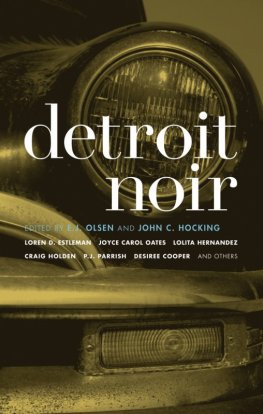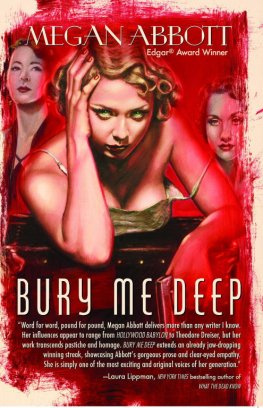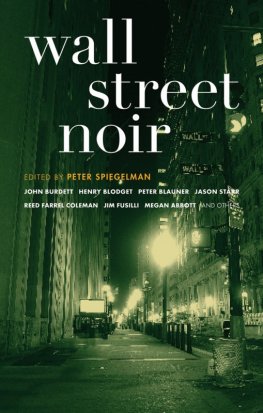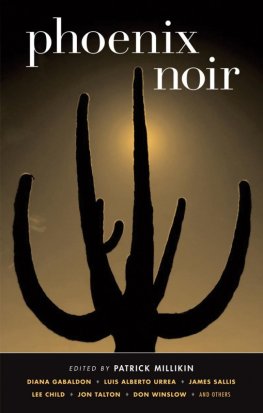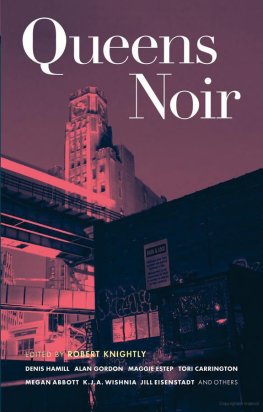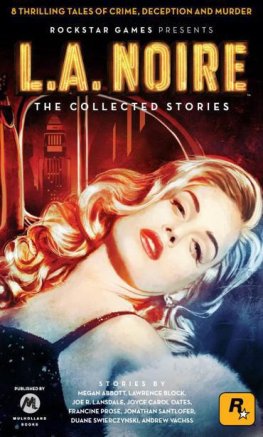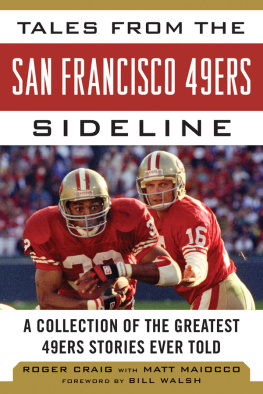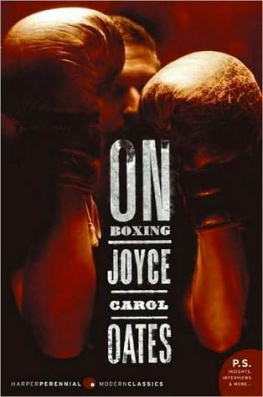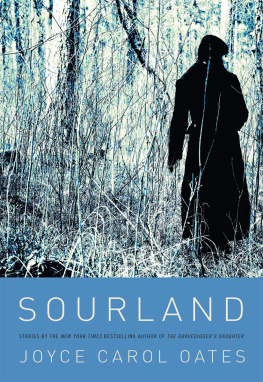Detroit turned out to be heaven, but it also turned out to be hell.
Marvin Gaye
Introduction
Reflections from the dark side

Detroit.
The name comes from les troits (the narrows), for the river straits that flow between Lake St. Clair and Lake Erie. The city was founded as French wilderness outpost Fort Pontchartrain du Dtroit in 1701 by Antoine de la Mothe Cadillac. Memorialized in true Detroit fashion, his coat of arms was used as the logo of the Cadillac automobile. The past as viewed through the lens of the auto industry.
Despite the twentieth-century dominance by manufacturing, Detroit has been many things in its 300-year history. A young settlement in the face of an often hostile western wilderness, it was a frontier town where settlers fought for valuable property along the waterway, the only reliable connection with the cities to the east.
It was a city in dispute. In 1760, during the French-Indian War, the British took control of the region. In 1796, a treaty brought Detroit into the United States. During the War of 1812, Detroit was again captured by the British, and in 1813 it was retaken by the Americans, this time permanently.
Detroit was a Gilded Age boom town. By the late nineteenth century, the city had become a prosperous transportation hub, bolstered by the rise of shipping, shipbuilding, and manufacturing. During this period, Detroit was known as the Paris of the West for its beautiful architecture. In 1896, Henry Ford built his first automobile in a workshop on Mack Avenue, and the city became the birthplace of a transportation revolution which would change the face of Detroit, and America, forever.
It was a bootleggers town, where the Purple Gang and their competitors might drive a car filled with Canadian alcohol across the frozen surface of the Detroit River. A prohibition city, where the forbidden liquor flowed so freely that there were those who believed some of the citys more enterprising gangsters had laid, beneath the dark waters of the river, a pipe that stretched all the way across from Canada to furnish Detroiters with bootleg whiskey on tap.
It was the Motor City, Sugartown, the City of Basements, where a working man or woman from anywhere could find a steady job and the promise of the middle-class American Dream. But the dream always had a dark side.
Factory shifts were long and often dangerous. In 1935, the United Auto Workers was founded, and the union went on to fight a bitter, often bloody battle with General Motors and the notoriously brutal strikebreakers from the Ford Service Department.
During World War II, Detroit was the Arsenal of Democracy, and the auto plants retooled to manufacture munitions, planes, and tanks. Wartime also gave Detroiters a preview of the social strife to come when racial tensions, primarily among black and white migrant workers from the South, exploded into a full-scale riot in 1943.
By the 60s, Detroit had become Motown, the city with a pulsing beat where melodies that enchanted the world were born and endured. But this decade also saw the beginning of a long economic decline, and the city was often cited as a symbol of urban blight and white flight to the relatively homogenous suburbs across Eight Mile Road. In 1967, racial tensions again boiled over, and 12th Street erupted into riots that spread throughout the city. The rioting lasted five days and killed forty-three people. More than two thousand buildings were destroyed, and the city has never recovered from the exodus of fleeing residents and businesses.
In the economically depressed landscape of the 1970s, it finally became Murder City, where the dreams of industry and the working man collapsed into urban decay, crime, drugs, and desperation, where many would say it languishes to this day. The capital of the rust belt.
Detroit is an old and wounded city, broken into wildly diverse splinters, but it is not dead, for it is possessed of a unique vitality rooted in its complex history and in its hardy people.
Detroit is noir, shadowed and striving, grim and powerful. It is impossible to truly know the city and not respect it. This collection of stories is a rich reflection of Detroits dark side, offering a variety of perspectives on both the city and noir style.
Here you will find noir in many forms, embodied by many characters. From a driven detective with a mystery to solve to a working man just trying to make it through another day, from a bemused outsider seeking a thrill to one so deeply inside the city as to see no outside at all. Urban professionals, night watchmen, tarot card readers, waitresses, caretakers, and criminals, all bound together by the city and by a dark dilemma that looms just ahead.
A moment awaits each of them, a moment of truth or violence or epiphany or change. A noir moment.
This is Detroit Noir.
E.J. Olsen & John C. Hocking
Detroit, Michigan
August 2007
Kill the cat
by Loren D. Estleman
Rivertown
It was right at dark, one of those evenings when you saw it as a black diagonal against the light, like the title sequence of the old soap opera The Edge of Night. The river smelled like iron, and the People Mover Coleman Youngs electric train set chugged along several stories above the street, empty as usual, shuttling around and around in its endless circle as in one of those post-apocalyptic sciencefiction stories about a depopulated world, still going about its automated business decades after doomsday, jungle vines crawling up the sides of vacant glass buildings. Detroit had a start on the last, in weedy empty lots where pheasants roosted among the rats and cartridge casings. I was thirty seconds from downtown and might have been driving through Aztec ruins.
The address Id scribbled in my notebook belonged to a barely renovated pile in the shrinking warehouse district, one of the last places where the city still shows its muscle: miles of railroad track and a handful of gaunt brick buildings where steering gears and coils of steel once paused for breath on their way to becoming automobiles. In a year or two itll be gone. City Hall and the Chamber of Commerce are busy gentrifying it into riverfront condominiums. This address was poised square in the middle, the edge of the edge of night.
I was working on a teenage runaway. Mark Childs had slid through a crack in the ber upper class of Grosse Pointe, getting the boot from the University of Michigan three weeks into his first semester and then falling in with low company, in this case three boys studying at Wayne State University. Id gotten the last from a kid who hung doors at Chrysler in order to attend classes in library science at WSU. Childs had taken his place when hed opted out of sharing rent so he could sleep in his parents house and save money for cigarettes and tuition.
Where the new roomie found cash to keep up his end, I didnt know and never did, although the family suspected an indulgent aunt. Childs was seventeen, a young high school graduate coming into a trust fund when he turned eighteen in two months. The family didnt like that, thought if they got him back under the parental roof they could teach him some responsibility in sixty days so he wouldnt blow it all on Internet poker or the Democrats. I hadnt said anything to that. When work comes your way you dont get into a debate situation with the client.
A simple job: Confirm the kids location and notify the parents so they could call the cops and tell them to take a mixed-up boy off the streets and deliver him to their door.

